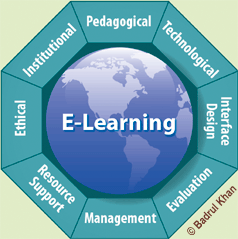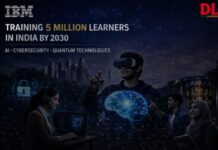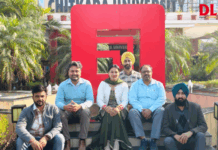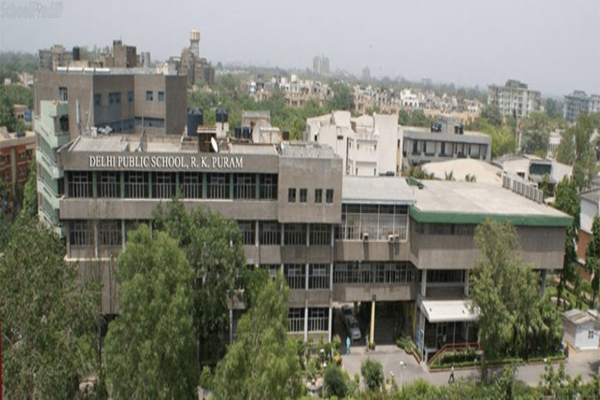Sri Lanka successfully conducted
VIT organizes ObCom2006 in Vellore, India
The Vellore Institute of Technology University is organising the conference in association with the Computer Society of India. The aim of the conference is to establish the ICT sector for health and social care and modernised the services in the domains of public interest such as education, learning, security, energy, transport and environment. Tata Consultancy Services, Hewlett Packard, Infosys Technologies and CSIR are major sponsors of the conference. The aim of the ObCom2006 is to bring experts, researchers and faculty together to discuss the technological advancements. The conference has a total of eight tracks dealing with technologies, protocols, implementation, applications, methodologies, best practices and case studies.
Internet training Programme for underprivileged children in Madurai, India
`Sify i way' has come out with an inaugural offer of `Learn Internet Training Programme' for needy children in
Aptech opens e-Learning & tech training hub in Malaysia
Indian Government plans to computerise 188 AIR stations/offices
The Indian Government is planning to commputerise Akashvani Kendras for providing better services in
GEMS Education collaborates with Microsoft to develop ‘School of the Future’
CWJ gives computers in 108 Jamaica schools
Need is for a learner-focussed learning material : Badrul H. khan, founding Director of the Educational Technology Leadership (ETL)
What is the importance of Instructional Design for designing e-learning material?
Designing meaningful e-learning requires thoughtful analysis and investigation of how to use the learning technologies` potential in concert with instructional design principles and issues critical to various dimensions of e-learning environment. The field of Instructional Design (ID) benefits from both learning theories and instructional design theories. Learning theories are descriptive-describe how learning occurs. Instructional design theories are prescriptive in nature-concern with what methods of instruction should be used. Since 1997, I researched what it takes to create open and distributed e-learning and found that ID alone cannot do the job, it basically concerns with only two dimensions (i.e., pedagogy and evaluation) out of the eight dimensions of issues:

Need is for a learner-focussed learning material
I found that numerous factors help to create a meaningful learning environment, and many of these factors are systemically interrelated and interdependent. A systemic understanding of these factors can help e-learning instructional designers create meaningful e-learning environments. I clustered these factors into eight dimensions to develop A Framework for E-Learning: institutional, management, technological, pedagogical, ethical, interface design, resource support, and evaluation (More information about the Framework is available at http://BadrulKhan.com/framework/). Therefore it is important to create learner-focused learning material with sound instruction design principles, techniques, and strategies.
What is the theoretical underpinning of technical Instructional Design process?
Learner should always be at the centre of learning focus. Instructional Designers need to improve instruction to promote learning. There are different approaches in ID. How do you design is based on your pedagogical philosophy. One can either take instructionist /behaviorist or constructivist approach to achieve the goal. In the constructivist approach, the learner sits in the driver`s sit, where as in the behaviorist approach the learners are guided by the instruction or the instructor. Based on domain of knowledge, one could integrate both approaches to promote learning. In designing e-learning materials, I used both approaches.
What are the common gaps in understanding the ID process?
We have to explain ID to people as they best understand with their own professional context. For teachers it means the lesson plan design. For trainers, it means training design. Instructional Designers have to clearly communicate how they can use ID to create learner-centered, efficient, engaging, interactive and facilitated learning environments. I believe, by using the eight dimensions of the E-Learning Framework, E-Learning Instructional Designers can communicate effectively with their clients about what they can do.
How to create ID for meaningful elearning? By the way, I really enjoyed
delivering the key note at the National Instructional Design Workshop in Bengaluru. I sensed from the participants – there is a greater need for professional development training in e-learning instructional design. It is with great pleasure I would like to inform that I took the leadership role in developing several E-Learning Instructional Design Courses (blended-learning delivery format) to be offered through The Asian Virtual University (http://AsianVU.com). In this regard, I would like to partner with local vendors who can provide local instructional facility and manage local resident faculty members for instructor-led classrooms. I am hopeful that we will bring the best e-learning ID training to India via AsianVU.
What advice would you give to the ID or content producers?
ID deals with mostly pedagogical and evaluation dimensions. But still we have six other dimensions to think about. Each e-learning project is unique. I encourage one to identify as many issues as possible for their own e-learning project by using the framework. One way to identify critical issues is by putting each stakeholder group at the centre of the framework and raising issues along the eight dimensions of the e-learning environment.
Chennaionline launches e-Music in India
Moving one more step towards in the direction of Chennaionline, the online music coaching 'e-Music' classes is launching from 10 December in



















